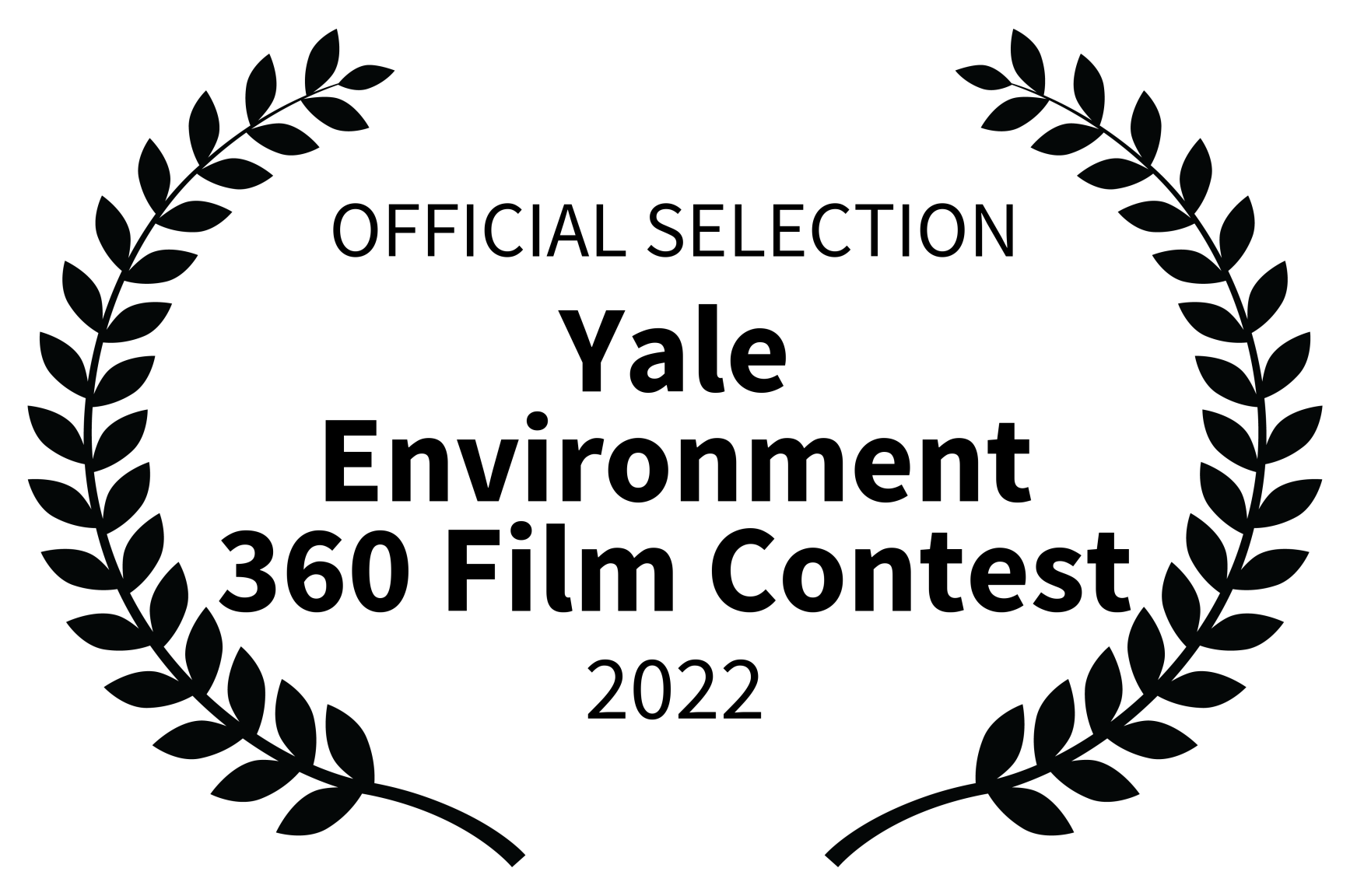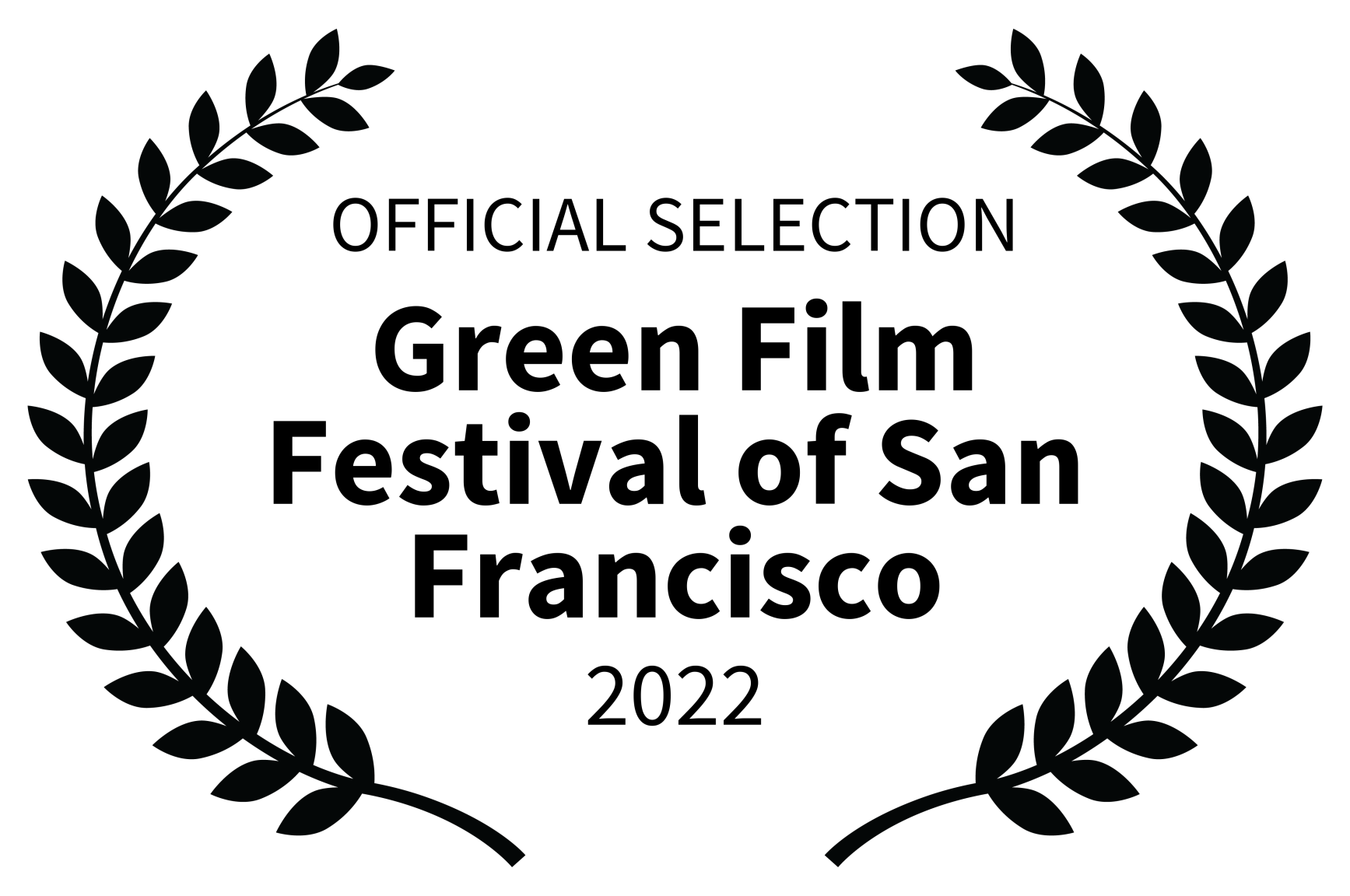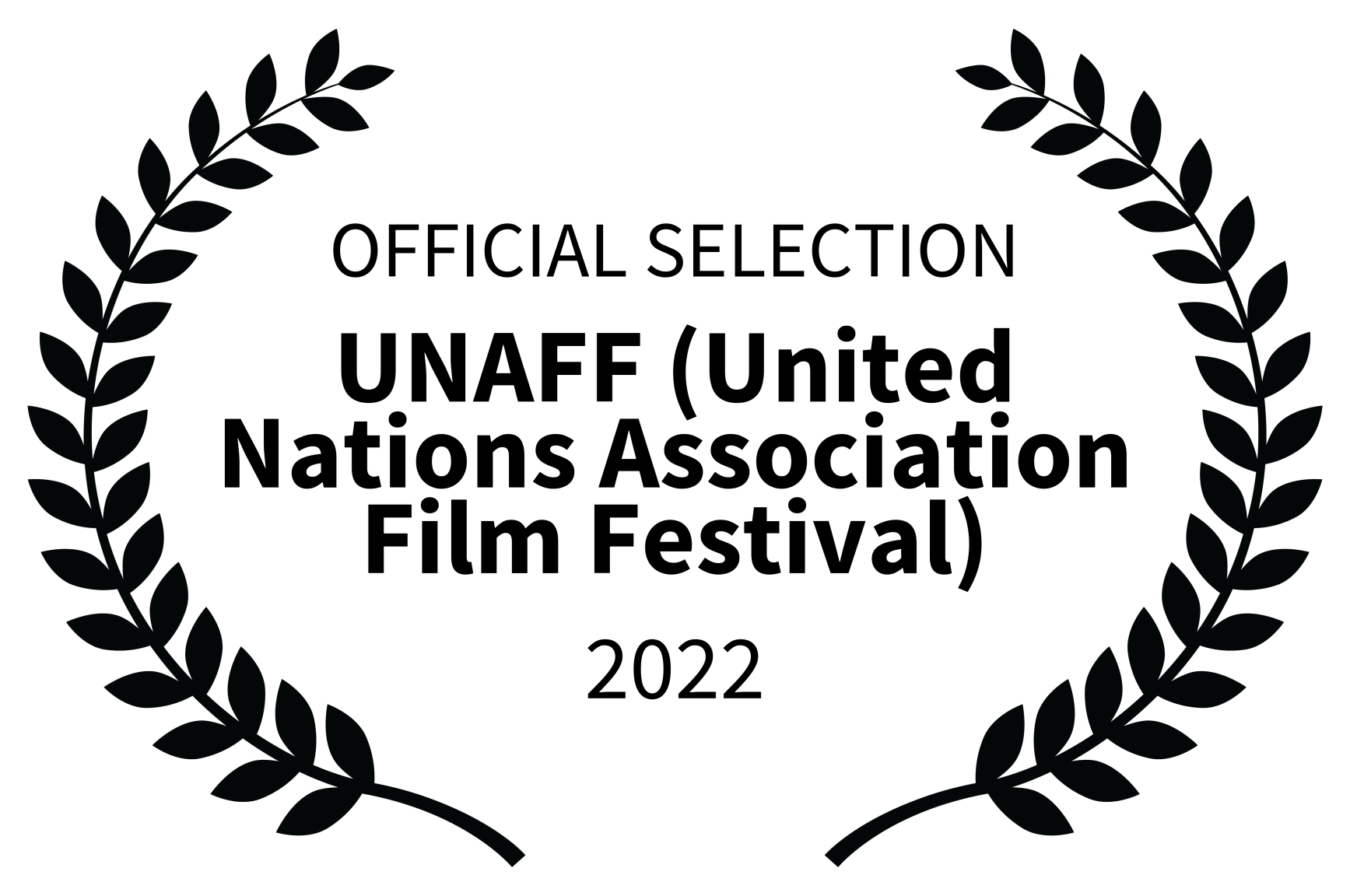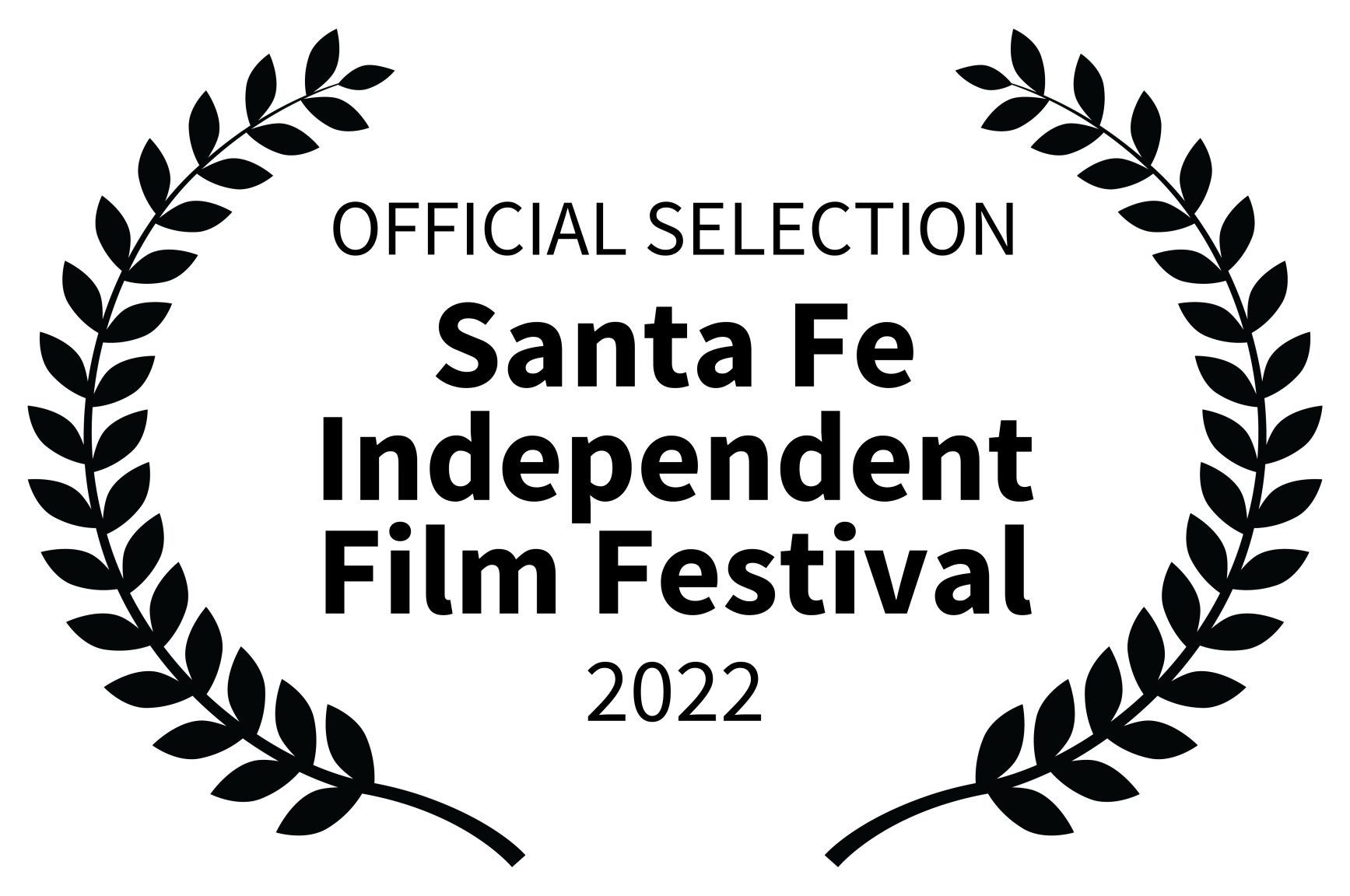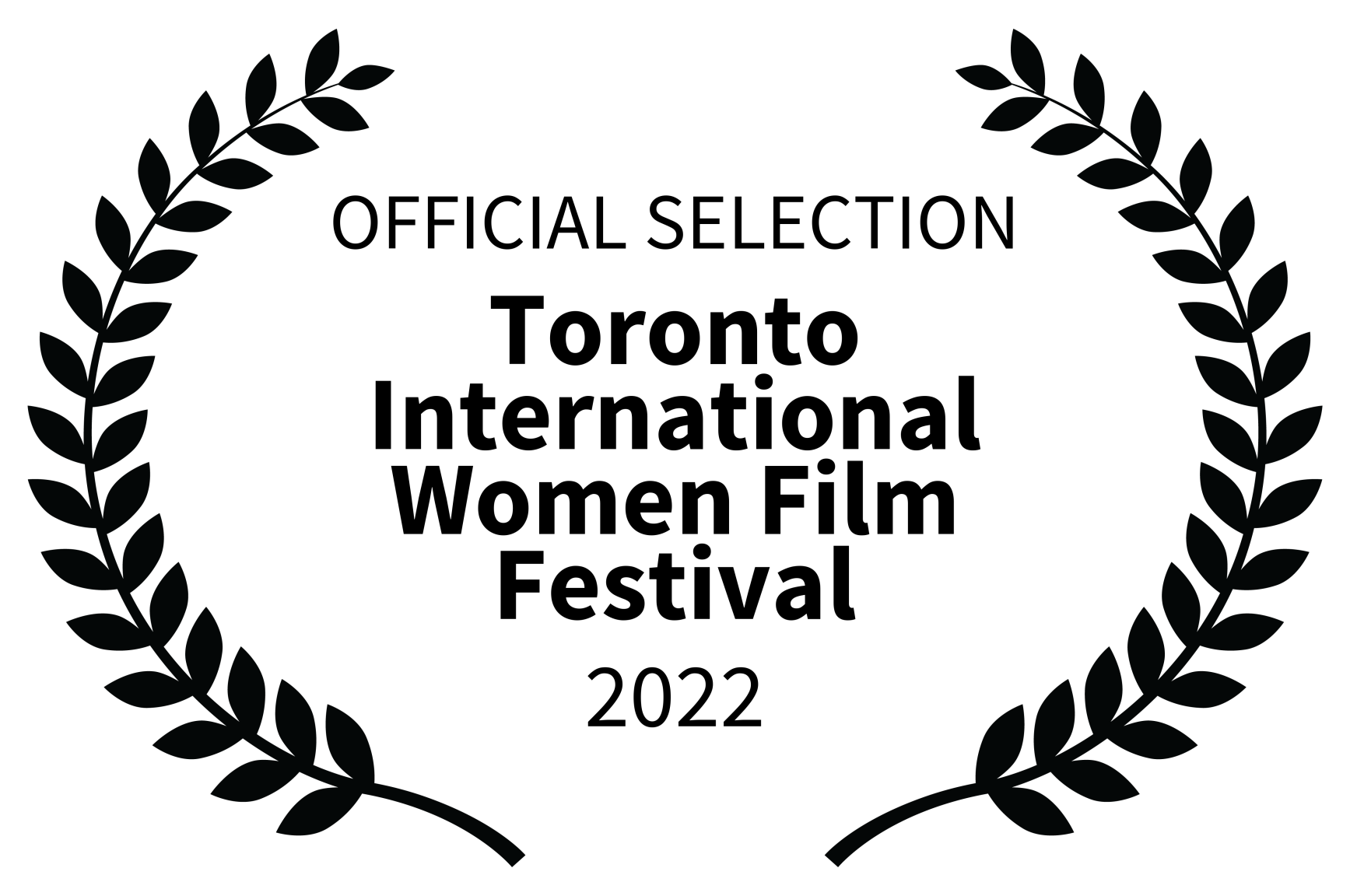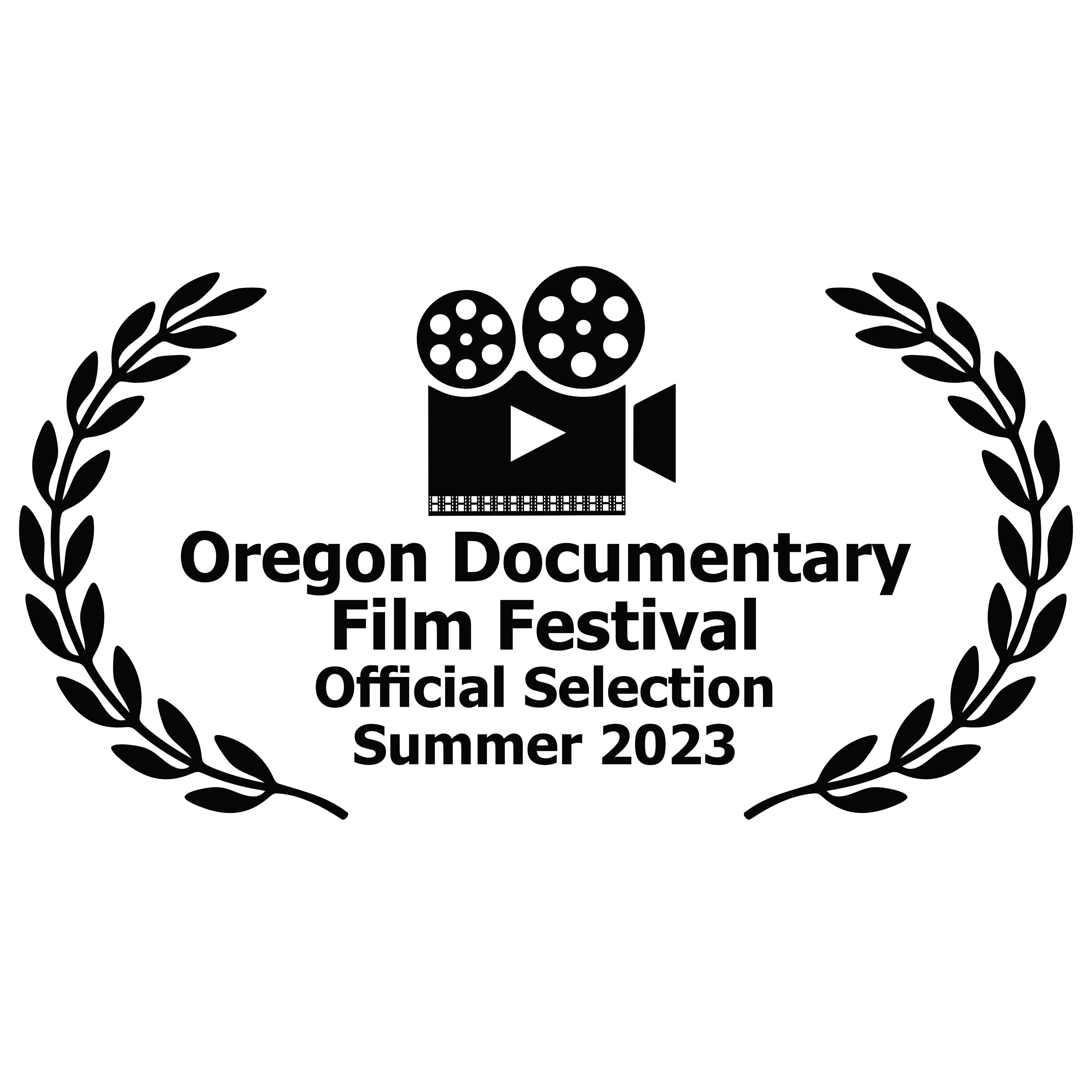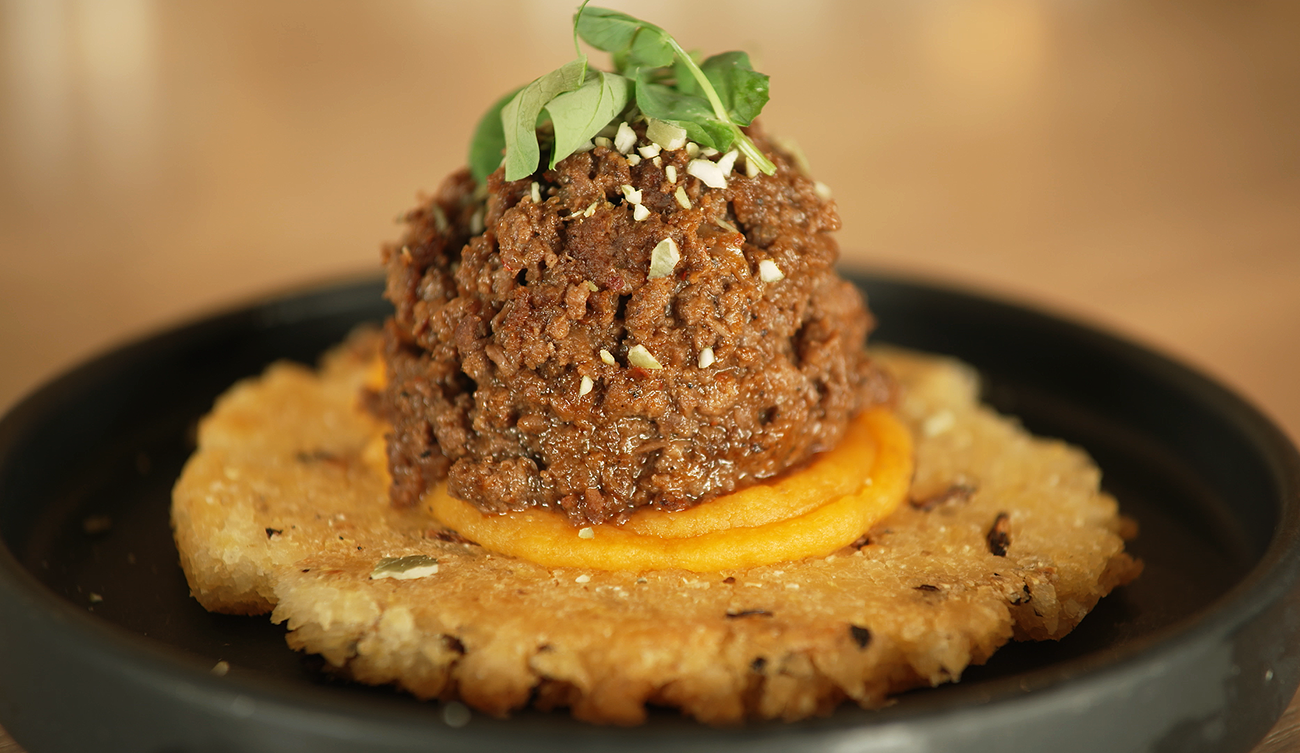Fixing Food
A 5-Part Series on Eating and Innovation
To many of us, climate change is remote, abstract, too grim to consider, too far removed from our daily lives.
But we now know that one of the biggest triggers for global warming is something all of us do every day: eating.
Growing and processing food, and packaging and bringing it to us — all use enormous amounts of energy, water, and chemicals, creating an overwhelming burden on our planet’s resources. And, remarkably, Americans throw out nearly half of the food we produce. More than 62 million tons of food every year ends up rotting in landfills, releasing poisonous methane into the air and further fueling the increases in global warming.
Fortunately, across the country, intrepid innovators are recognizing and exploring solutions to the problems of growing our nation’s food while responding to climate change.
FIXING FOOD tells stories of people who are working to lower our carbon footprint with impactful new ways to gather and prepare the food we need. The series looks at five important areas where we can make changes — farming in the ocean and the air, finding new food sources, learning from Indigenous agriculture, and rescuing the food we already have.
Their stories challenge us all: If we change the way we eat, can we save our planet?
The 3 Cricketeers
The 3 Cricketeers tells the story of a Minnesota farm family working on the frontier of urban agriculture, trying to do their part in the climate crisis by raising environmentally friendly, protein-rich crickets and turning them into cookies, treats and tortillas.
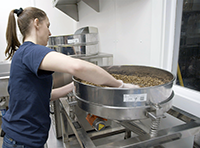
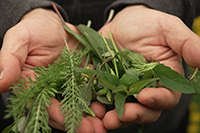
NATIVE TABLE
At their Minneapolis restaurant Owamni, Chef Sean Sherman (Lakota Sioux) and business partner Dana Thomson (Dakota) are exploring their Native cultural heritages by re-creating pre-colonial menus — meals that use no dairy, no wheat, no sugar — and showing that by combining the past with the best in modern farming practices, we can create more sustainable and ethical food systems.
THE RESCUE BRIGADE
When Leah Lizarondo learned that over 40% of America’s surplus food is wasted every year, she created an app — and a small army of volunteers — to bring that food to the people who need it.

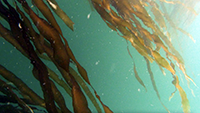
Harvesting the Sea
Economist Briana Warner thinks she’s found a solution to rising ocean temperatures, and a way to keep Maine’s local lobster fishermen employed — kelp farming.
Farming the Sky
To cut down on food transportation emissions, architect Nona Yehia designed a new kind of greenhouse: a building that would pack a perfectly controlled growing environment into a space built up vertically on a sliver of town land.



